The Smudge-Free Showdown: Why Whiteboard Paint Triumphs over Chalkboard Paint
Whiteboard paint and chalkboard paint are two of today’s most popular options for creating writeable surfaces in settings such as homes, offices, and schoolrooms. Although both are readily available online and from wholesale and retail outlets, buyers need to be aware of the many differences between the two types of coatings before planning a purchase. This article presents some key distinctions between the two products and highlights why whiteboard paint is the superior choice for those seeking a durable, attractive, easy-to-use, and low-maintenance tool for day-to-day written communications.
Chalk Dust and Smudge Reduction Using Whiteboard Paint
Using a wall coated with whiteboard paint eliminates chalk dust and smudging, thus providing a clean, attractive surface to work on after each use. Because dry-erase markers are used to write on whiteboard-painted surfaces, the issue of chalk dust filling the environment is avoided. Also, when dry-erase ink markings are allowed to thoroughly dry before being erased, no smudge marks will be left behind on the whiteboard paint finish, and a bright, fresh canvas will be ready to write on after every erasure.
All that’s needed to maintain a whiteboard wall in pristine condition is periodic cleaning with a microfiber cloth moistened with water or with an eco-friendly whiteboard wall cleaner. Doing so regularly will keep the wall looking bright and attractive for ten or more years of continuous service. It’s recommended to use only microfiber cloths or towels for this purpose because of their distinctive structure, which allows their minute fibers to catch and hold onto the tiniest of dirt and dry-erase ink particles and even to capture bacteria.
By contrast, surfaces coated in chalkboard paint are prone to smudging and accumulating large amounts of chalk dust on the adjoining floor and in the surrounding air after only gentle use. As a result, chalkboard-painted walls require regular cleaning to maintain a writeable finish and a presentable look. Even when frequently maintained, they may still have a cloudy appearance, making text and drawings hard to see.
Also, chalkboard-painted walls invariably suffer from “ghosting,” where chalk marks are hard to get rid of, and the traces of previously written words linger indefinitely on the surface. Ghosting occurs because chalk lines become deeply embedded in the microscopic pores of a chalkboard-painted wall, making them impossible to completely remove. This feature makes chalkboard-painted surfaces much less desirable than whiteboard walls for fast-paced activities such as brainstorming in the office or classroom. Whether regular chalk or liquid chalk markers are used on a chalkboard-painted wall, it’s impossible to prevent ghosting from occurring. Chalk markers are especially troublesome in this respect.
Cleanliness in Professional Environments Using Whiteboard Paint
Whiteboard paint is especially suitable for use in professional settings such as corporate offices, meeting rooms, law firms, and medical centers, where cleanliness and tidiness are paramount.
Chalkboard paint, however, has the potential to generate large quantities of chalk dust, which can collect in piles on the floor and permeate the surrounding air, leading to a host of health issues such as coughing, sneezing, and difficulty breathing. The fine particles in chalk dust also aggravate pre-existing medical conditions such as asthma and chronic obstructive pulmonary disease (COPD).
Moreover, chalkboard-painted surfaces are prone to extensive smudging and the above-mentioned problem of ghosting, which are undesirable in professional settings, as they create an unpleasant look and require frequent cleaning. Chalk smudging makes the surfaces look dingy and also causes problems with perceiving text and images.
Visually distracting ghosts of text on a chalkboard-painted wall can also cause cognitive overload for users and may even diminish working memory. This effect can hurt a team’s productivity and mental well-being, so it’s essential to consider the effect of a cloudy chalkboard surface full of old chalkmarks when choosing between whiteboard paint and chalkboard paint.
Ease of Cleaning Whiteboard Painted Walls
Whiteboard paint requires only quick, simple cleaning with a dry eraser or a microfiber cloth moistened with water or an eco-friendly whiteboard wall cleaner.
In the case of a chalkboard-painted wall, however, cleaning involves more effort, including the use of a wet cloth or a specialized cleaning solution to address leftover chalk residue and smudges, which are a constant problem with this type of surface that make it less desirable as a writing medium.
Whiteboard Paint’s Impact on Indoor Air Quality
When low-odor dry-erase markers are used for writing and drawing, walls coated with whiteboard paint contribute to optimum indoor air quality by eliminating chalk dust and the use of hazardous chalkboard cleaners containing volatile organic compounds (VOCs), thus providing a healthier and more comfortable environment to work in.
As mentioned above, with chalkboard-painted walls, the massive amounts of chalk dust produced during use create poor indoor air quality, leading to respiratory unease, especially for people in enclosed spaces such as classrooms and meeting rooms. Moreover, users’ health may be negatively impacted by chalk dust in the air, as many people are allergic to the dust, and even those without allergies can feel its harmful effects.
Professional Appearance Maintenance
Whiteboard-painted surfaces maintain a sleek, professional appearance even after ten or more years of consistent use, with minimal effort needed for regular upkeep.
In contrast, chalkboard-painted walls require more meticulous and continuous maintenance to retain a polished, professional appearance. Even when regularly cleaned, the remnants of chalk marks may remain on the surface indefinitely, thus detracting from its appearance and usefulness as a communication tool.
Long-Term Surface Integrity of Whiteboard Painted Walls
When walls coated with whiteboard paint are used, the absence of chalk dust penetrating the finish reduces wear and tear, thus contributing to the longevity and integrity of the painted surface.
Conversely, with walls coated in chalkboard paint, the constant accumulation of chalk dust can impact the long-term integrity of their surfaces, potentially requiring more frequent recoating. Also, exposure to direct sunlight will dilute the dark color of a chalkboard-painted wall over several years, requiring periodic refinishing and thus incurring extra costs for an organization.
Chalkboard-painted surfaces are not designed for heavy use. As the website of one chalkboard paint supplier states, if a customer plans to use a chalkboard-painted wall heavily, a traditional chalkboard would be a better investment because intensive use can lead to early surface breakdown. An even better option would be a wall coated in whiteboard paint, so that the drawbacks of writing with chalk can be avoided, and a durable writing surface can be enjoyed for ten-plus years of continuous service.
One chalkboard paint user writing on Reddit supports the view that chalkboard-painted surfaces are unsuitable for rigorous use, adding that text written on chalkboard walls tends to look uneven, that the walls are hard to clean, and they don’t wear well over time.
Practicality in High-Traffic Areas
Walls coated with whiteboard paint are well-suited for application in high-traffic areas where constant use is expected, as they remain smudge-free and attractive for ten or more years of regular use with minimal upkeep. If a whiteboard-painted wall is installed in a heavily traveled area like an office hallway, it offers a vast writing canvas that can handle a lot of use. Team members can constantly write and draw on the wall without worrying that it will become damaged or yellowed. When sudden flashes of inspiration come up, they can be written down, and feedback from colleagues can be added in a never-ending cycle of creativity.
By contrast, walls coated with chalkboard paint in high-traffic areas require frequent cleaning and care to keep their surfaces tidy and smudge-free.
In light of chalkboard paint’s limitations concerning chalk dust, smudging, lack of cleanliness, maintenance challenges, effects on indoor air quality, and long-term surface durability, whiteboard paint’s smudge-free nature and easy maintenance make it a much more practical choice over chalkboard paint, especially in professional settings and high-traffic environments.
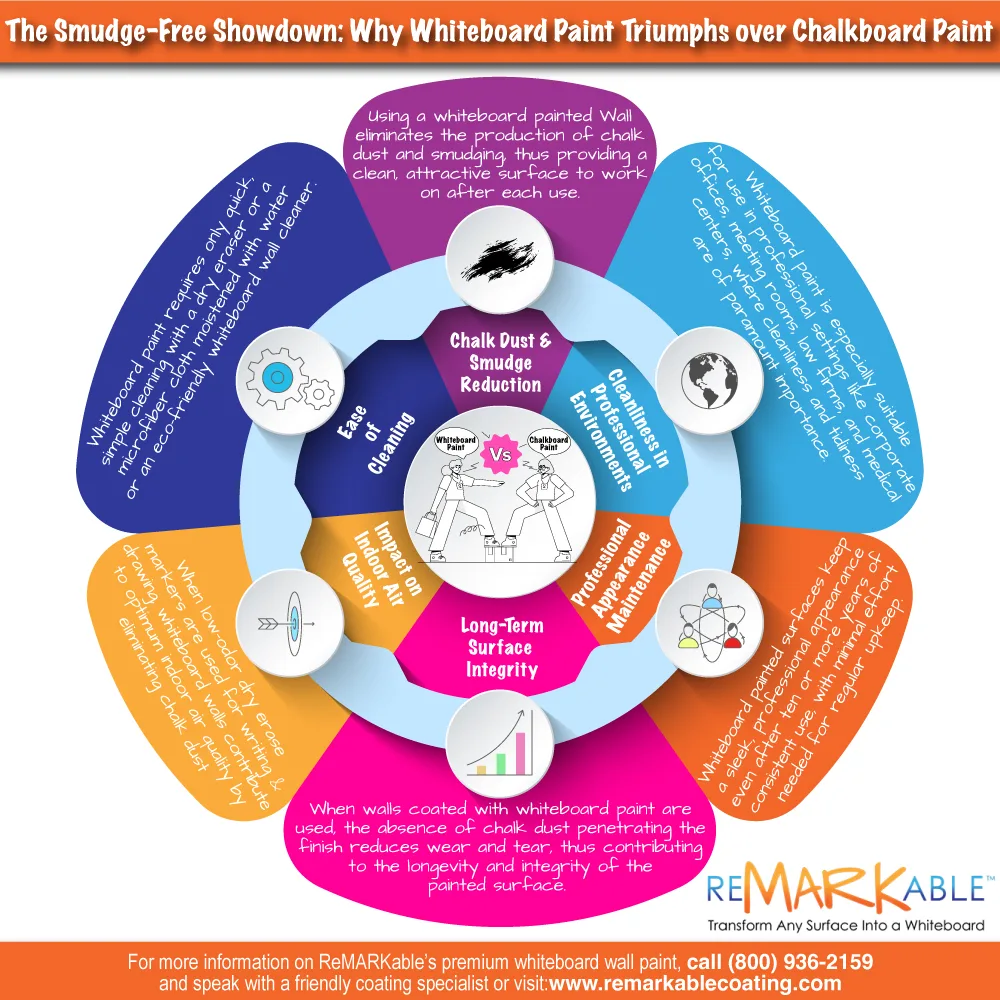


























































































![ReMARKable’s Winter Sale is Here! [25% Off + Free Shipping]](https://www.remarkablecoating.com/wp-content/uploads/2018/01/Red-Tag-Winter-Fashion-Facebook-Post-1-440x264.png)















![Drive Your Organization Into Openness and Watch it Expand [20% Off Whiteboard Paint]](https://www.remarkablecoating.com/wp-content/uploads/2016/04/Drive-Your-Organization-Into-Openness-and-Watch-It-Expand.-1-440x264.jpg)

![30% Off St Patrick’s Day Sale! [Details Inside]](https://www.remarkablecoating.com/wp-content/uploads/2016/03/Glorious-1-440x264.png)


![Giant Leaps Forward Require Big Spaces. [Leap Year Sale Event!]](https://www.remarkablecoating.com/wp-content/uploads/2016/02/Giant-Leaps-ForwardRequire-Big-Spaces-440x264.jpg)

















![ReMARKable Summer Sale 2018 [28% Off Whiteboard Paint]](https://www.remarkablecoating.com/wp-content/uploads/2018/06/Blue-Simple-Line-Beach-Facebook-Post-1-440x264.png)







































































































































































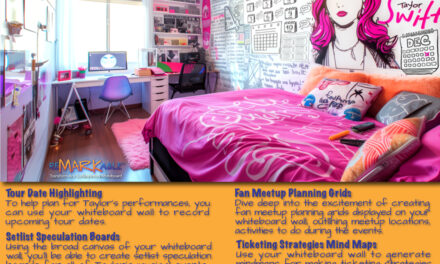


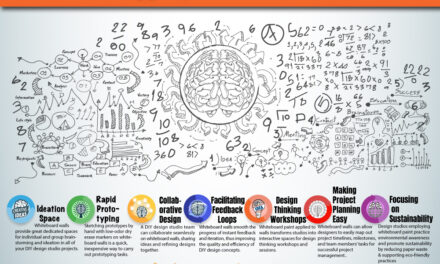
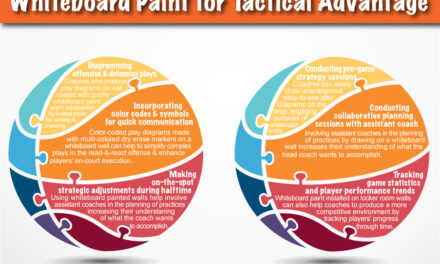





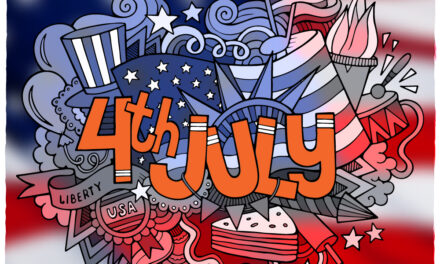

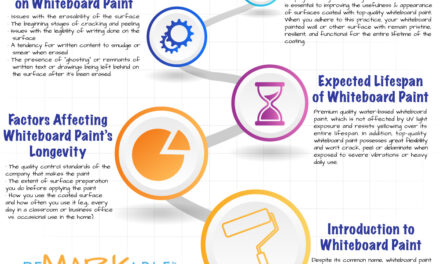
















0 Comments